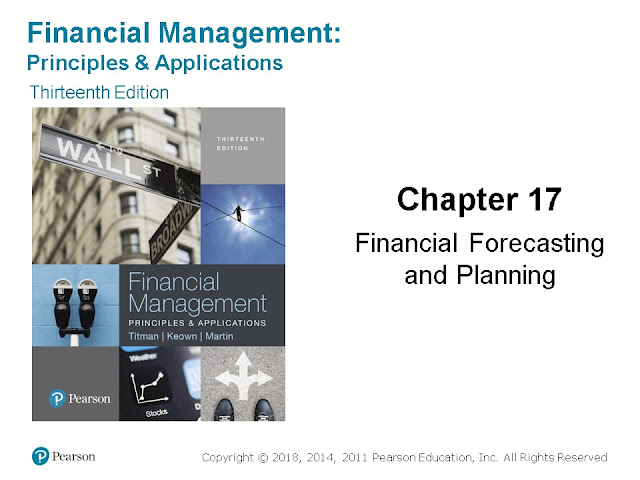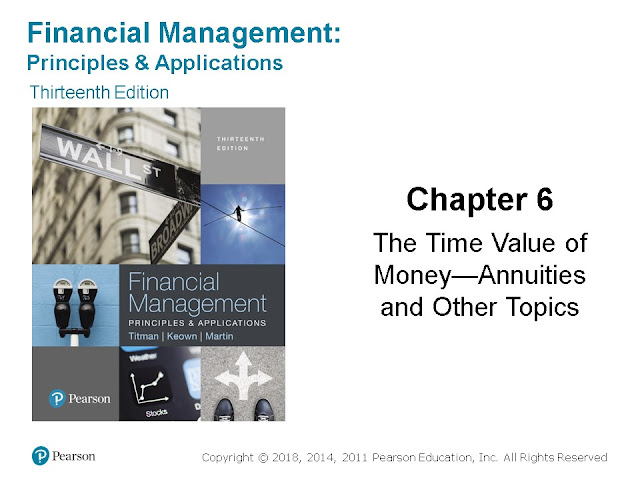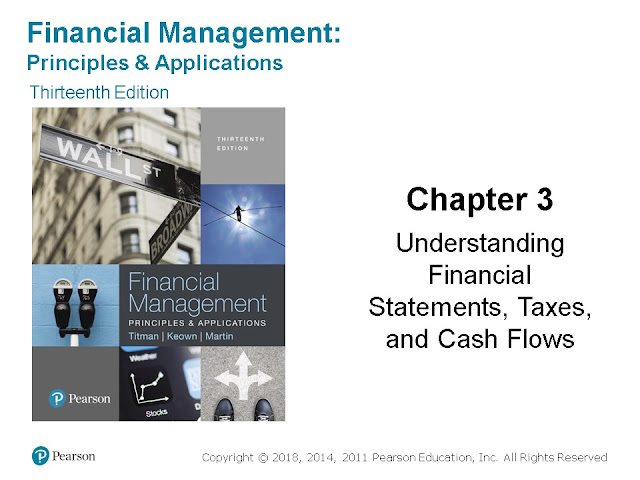Learning Objectives: Understand the concepts underlying the firm’s overall cost of capital and the purpose for its calculation. Evaluate a firm’s capital structure, and determine the relative importance (weight) of each source of financing. Calculate the after-tax cost of debt, preferred stock, and common equity. Calculate a firm’s weighted average cost of capital. Discuss the pros and cons of using multiple, risk-adjusted discount rates and describe the divisional cost of capital as a viable alternative for firms with multiple divisions. Adjust the NPV for the costs of issuing new securities when analyzing new investment opportunities. Download PowerPoint









